F1 news in brief – Thursday
-

If the cars can't pass at Bahrain with its long straights, passing for the remainder of the season is in jeopardy F1 expects better racing in Bahrain
- Liberty struggling to launch 'F1 TV'
- New Hamilton contract 'as good as done' – Wolff
- Formula One teams, minus Ferrari, commit to esports series
- More proof the increase in F1 downforce made the racing worse
- DRS zone extended for Bahrain
- Pirelli’s Mario Isola: “We would expect more than one pit stop"
- New Ferrari signing knows 'key details of every car'
F1 expects better racing in Bahrain
 |
| F1 has had to lengthen the 'artificial' passing crutch called DRS to get any passing. F1 is 99% car and 1% driver |
(GMM) Drivers are confident this weekend's grand prix in Bahrain will be more exciting than Melbourne.
While Liberty Media works on making the cars easier to overtake for 2021, the FIA installed a third DRS zone in Australia to help for now.
But passing moves were still rare.
"I had a party for the race but towards the end I fell asleep," former F1 driver Giedo van der Garde told Algemeen Dagblad newspaper.
Now, it emerges that the DRS zone on the straight in Bahrain has been extended by 100 meters.
Van der Garde thinks the situation will be better this weekend anyway.
"That's for sure. There are long straights and it's a bit of a 'stop and go' circuit," he said, referring to the Bahrain layout.
And Auto Motor und Sport reports that teams are calculating that the longer DRS zone means that a chasing car will be able to pass if it's 0.8 seconds quicker.
A Mercedes source said: "The longer DRS zone gives the pursuer 3 tenths. If you then use full electric power, more power from the engine and a good slipstream, you have a good chance of overtaking."
Liberty struggling to launch 'F1 TV'
(GMM) Liberty Media is struggling to launch F1's new live streaming service.
Before Australia, the new F1 owner announced that limited countries would have access to the service — but it was delayed until Bahrain.
And now, it has emerged that 'F1 TV' is also not ready for Bahrain, amid rumors beta testing revealed a slew of glitches.
"It will be operational as soon as possible," a spokesperson told Bild newspaper. "Not in Bahrain."
The Swiss publication Motorsport Aktuell claims that F1 TV is now on track for China, a week after Bahrain.
New Hamilton contract 'as good as done' – Wolff
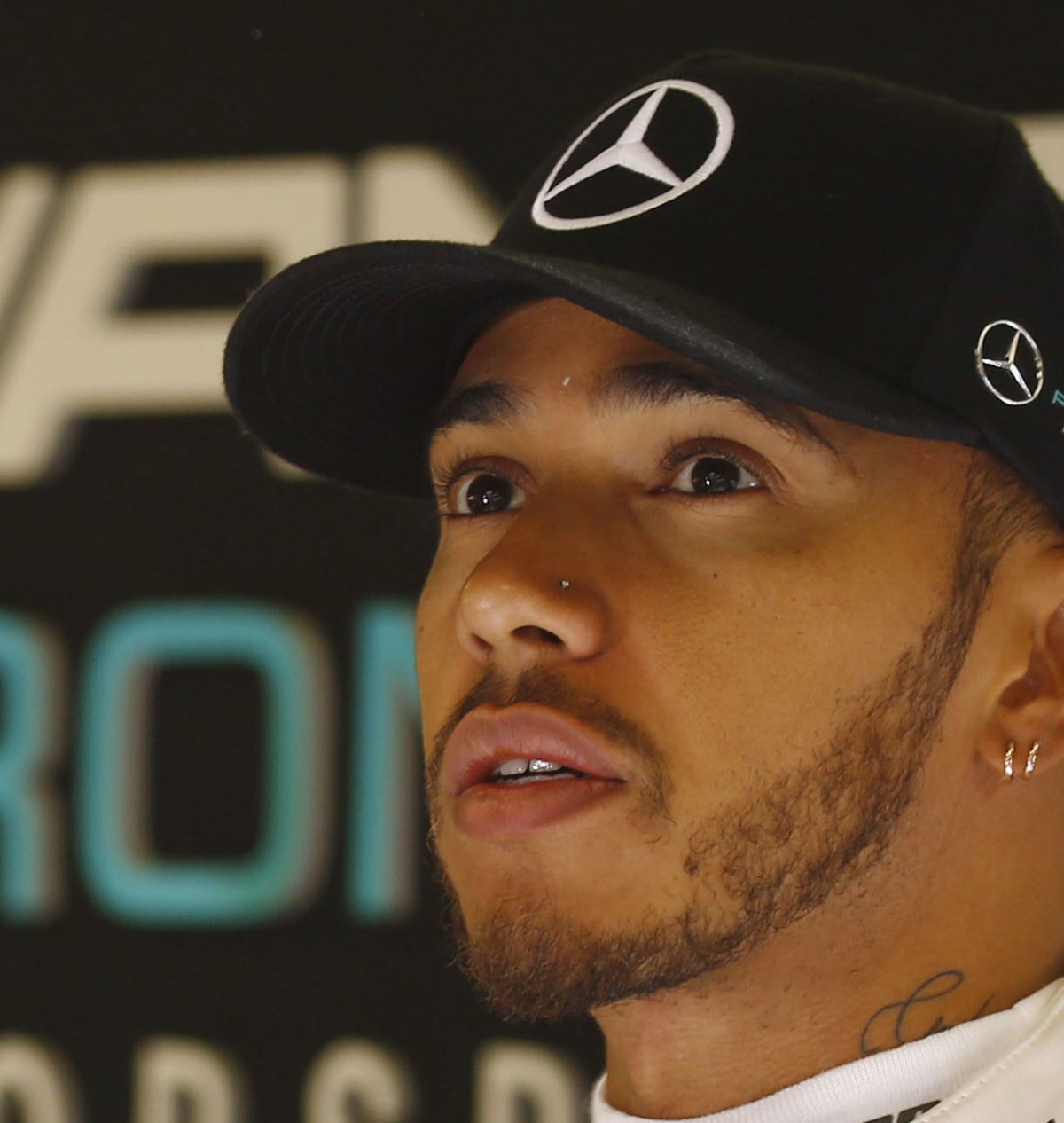 |
| The $184M man |
(GMM) Toto Wolff says Lewis Hamilton's new contract is "as good as done".
The Mercedes chief had hoped to get the signatures on paper prior to Melbourne, but amid rumors of squabbles over details, delays were announced.
Germany's Sport Bild now claims that Hamilton's new contract for 2019, 2020 and 2021 will earn him a cool $60 million per year.
"It is as good as done," Wolff said.
"We are absolutely on the same wavelength. But a contract like this is over 100 pages with a corresponding number of points to address. And all that has to be done first," he added.
By the time late 2021 rolls around, Hamilton's new deal will have made him a staggering $184 million, raising the question of whether any driver is worth that much.
F1 legend Gerhard Berger argues: "Yes.
"Without Lewis, Mercedes would be only third behind Ferrari and Red Bull. Hamilton is the fastest driver on the grid. He can make the difference.
"So Mercedes has to do everything to secure him," the former Ferrari and McLaren driver added.
Meanwhile, Wolff insisted that a team strategy error that cost Hamilton victory in Melbourne will not be repeated in Bahrain.
"We made sure we understood what went wrong and that it cannot be repeated in a similar way in the future," he said.
Formula One teams, minus Ferrari, commit to esports series
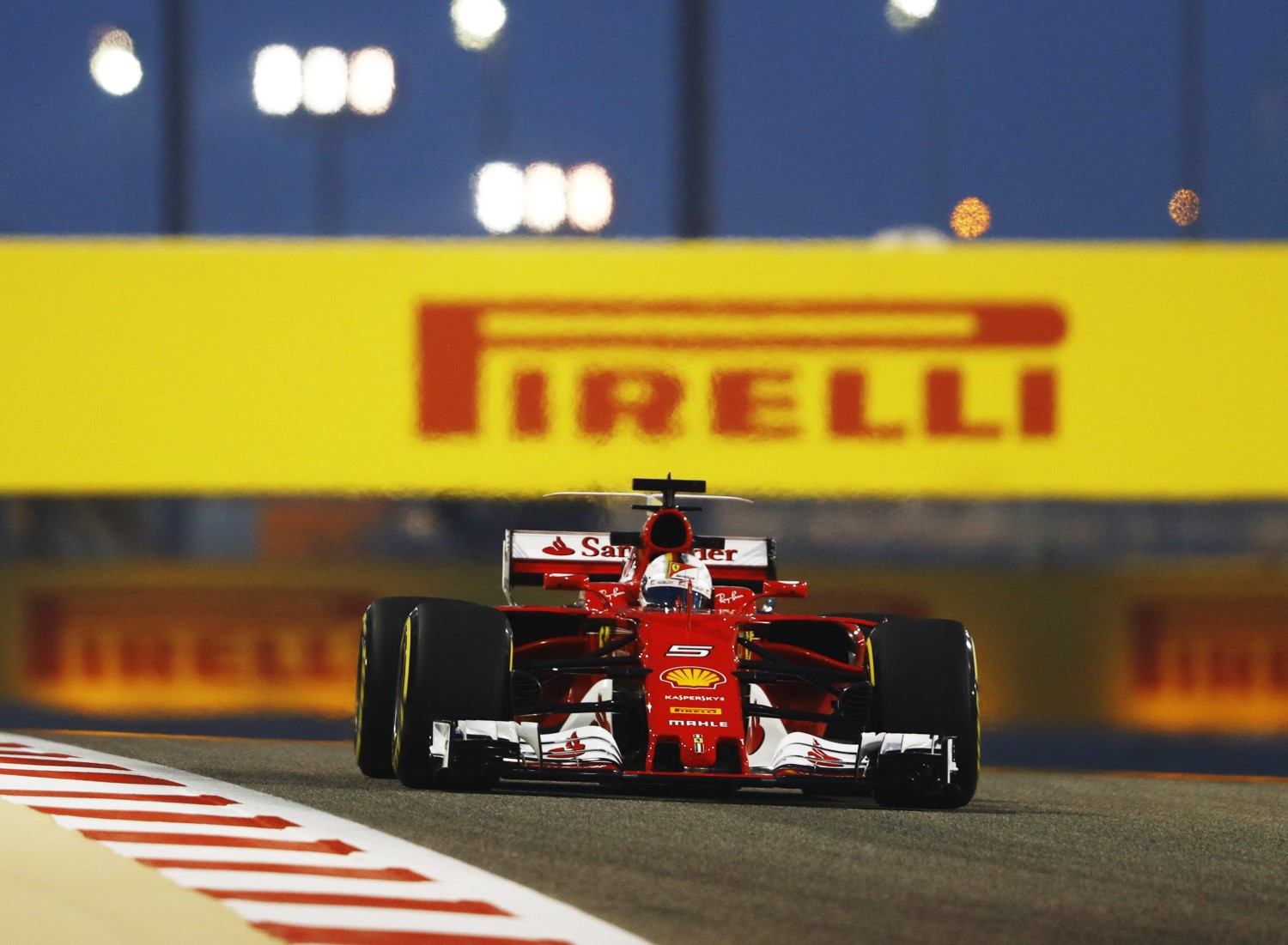 |
| No Ferrari yet |
All Formula One teams, with the exception of Ferrari, have committed to setting up their own esports outfits to compete in the second edition of the virtual world championship this season.
A Formula One spokesman said, however, that talks with Ferrari remained ongoing and there was still a possibility that the sport’s most successful and glamorous team could participate.
“They want to be involved but just said they were not ready yet," he added.
A Ferrari spokesman agreed that anything could still happen: “It’s not a no, we just need some more time to evaluate everything," he said.
More proof the increase in F1 downforce made the racing worse
366. That, according to IndyCar, is the number of on-track passes that took place during the championship’s frenetic season opener at St Petersburg. By contrast, Formula 1‘s rather sedate opening act featured just five overtakes after the first lap according to Pirelli Motorsport data. With F1 set to map out the future direction of its chassis regulations during this weekend’s Bahrain Grand Prix, and with IndyCar already seemingly cultivating the rewards of a dramatic cut in downforce, surely such an enormous tally of overtakes telegraphs the obvious future direction to Ross Brawn and his team.
However, if Ross was to be presented with such a comparison, he would almost inevitably let out an audible groan. The two figures are not remotely comparable for a plethora of reasons. Albert Park offers fewer passing opportunities than the wide expanses of the St Petersburg runway, tire degradation proved an infinitely less decisive variable in the F1 opener, and in IndyCar, it would perhaps be natural to expect a greater degree of competitiveness from what is a largely spec-series. If you also factor in the fact that IndyCar incorporates passes made on the first lap and passes on lapped cars into the total, the eye-watering total of 366 competitive overtakes starts to look less credible.
And yet, for any seasoned petrolhead who watched both openers, the truly decisive factor underpinning these chalk and cheese races was starkly apparent. It was certainly no coincidence that whilst F1 perseveres with an aerodynamic blueprint widely associated with a 47% reduction in overtaking, IndyCar was already reveling in its new, lower-downforce aero kit. The change comes on the back of three seasons fielding manufacturer designed aero kits, which have not only been associated with more processional racing but often saw Chevrolet runners enjoy an insurmountable advantage.
The new aero kit is still fitted to the standard-specification Dallara DW12 chassis introduced in 2014, however, the newly standardized aerodynamic package has represented a marked reduction in downforce. It was an aero kit that allowed rookie Jordan King to make an inspired move for the lead on the second caution restart, whilst seasoned champion Will Power span out on the first lap. St. Petersburg was a race of thrills and spills, of slides and spins, punctuated by caution periods and ultimately decided by a thrilling, final lap restart. Meanwhile, in Melbourne, the recovery drives of a pair of highly-motivated Aston Martin Red Bull Racing drivers were met with only frustration and understeer.
Even the might of Lewis Hamilton on a banzai weekend couldn’t penetrate the vast plume of hot, turbulent air cascading from the rear of Sebastian Vettel‘s Ferrari; with the Brit hoisting the white flag with five laps to go. For an F1 season opener that already had its fair share of negative plotlines, Hamilton’s submission was perhaps the most bitter. 2018’s batch of F1 cars have already racked-up two outright lap records from two circuits, but for the second consecutive season, the consequences of this record-setting pace have fallen squarely on the Sunday spectacle. More widely, the negative correlation between downforce and overtaking is one that repeatedly stands up to scrutiny across every branch of motorsport.
The DTM saw exponentially better racing in 2017, having cut the series’ historically high levels of aerodynamic grip; an approach the series is set to continue into 2018 with a further reduction in downforce. Last year’s stellar three-way Nurburgring duel between Marco Wittmann, Paul di Resta and rookie IndyCar prodigy Robert Wickens was a stunning snapshot of the exciting racing the series served up in 2017.
The World Touring Car Championship, by contrast, saw a marked reduction in wheel-to-wheel action following a switch to Citroen‘s preferred DTM-style aero kits for 2014. Similarly, the grippier new Dallara GP3/13 may have succeeded in the series’ aspiration to bridge the cavernous gap between F3 and GP2 machinery, but the 2013 GP3 season passed without a single change of lead after the first lap. Dallara even drafted Kimi Raikkonen as an unlikely development driver for the troublesome new car.
The pattern even continues across F1’s historic tapestry. It should come as no surprise that one of the finest races of the modern era – the Mercedes duo’s remarkable duel in the Bahrain desert in 2014 – came in a season that saw the lowest aerodynamic watermark for over a decade, following the mandatory introduction of low noses and centrally-mounted exhausts. It should also be unsurprising that the most competitive season in recent F1 history, 2012 (a season that saw six different teams take victory), came on the back of a ban on the off-throttle exhaust blown diffuser; a dramatic hit for the top teams who had invested so much in diffuser development. On the flip side, Pirelli recorded a 47% drop in overtaking following last year’s move towards more aggressive aerodynamic regulations. William Brierty/CheckeredFlag
DRS zone extended for Bahrain
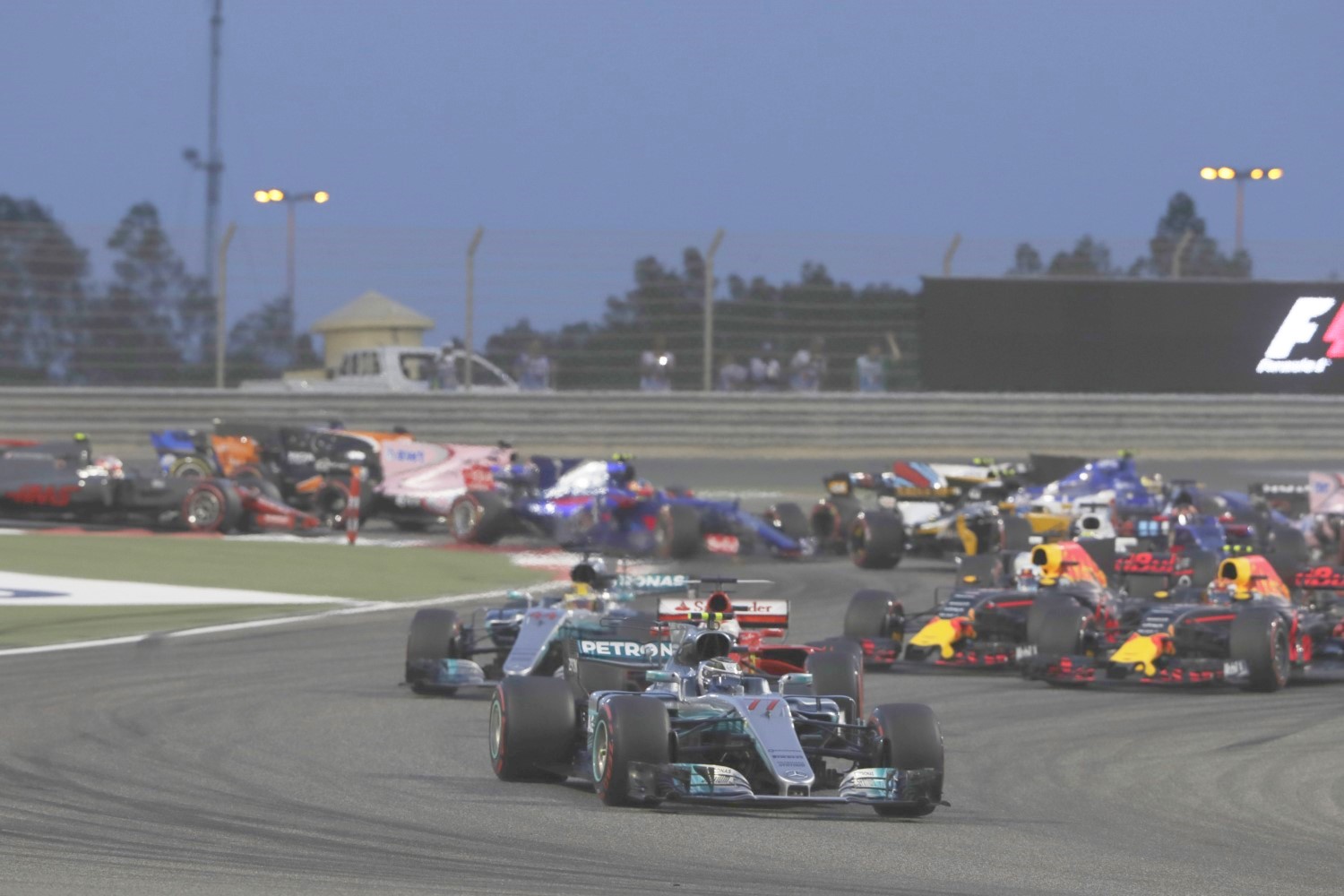 |
| Something has to be done to fix the high downforce and wide tire F1 debacle |
Other than routine maintenance, for the second successive year no changes of significance have been made at the Bahrain International Circuit.
On the other hand, while the DRS sectors at the circuit are broadly similar to last year, a further 100m has been added to the second zone, which now runs for much of the length of the main pit straight.
The detection point of the first zone is 10m before Turn 9 with the activation point 50m after Turn 10, while the second zone's detection point is 108m before Turn 14, with activation occurring 170m after Turn 15.
As in 2017 and 2016, Pirelli is making the supersoft, soft and medium available for the desert race
Last year's race, which was held a week later than this year's event, saw Sebastian Vettel take victory on a two-stop strategy, the German starting on the supersofts before another stint on the red-banded rubber before finally switching to softs.
A similar strategy was used by third and fourth placed Bottas and Raikkonen, while second-placed Hamilton started on supers before switching to softs for his final two stints. Pitpass
Pirelli’s Mario Isola: “We would expect more than one pit stop"
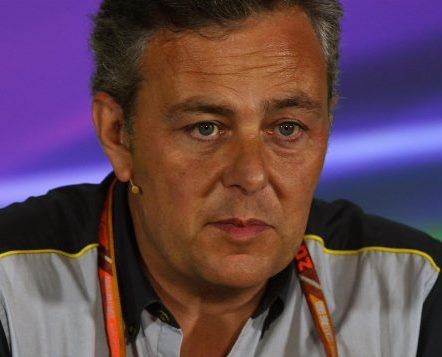 |
| Mario Isola |
Pirelli Motorsport’s Head of Car Racing, Mario Isola, is expecting the majority of drivers to make more than one pit stop during this weekend’s Bahrain Grand Prix, due mainly to the abrasive nature of the track surface around the Bahrain International Circuit.
Most drivers were able to manage the season-opening Australian Grand Prix with just one stop, but Isola does not believe this will be as easily achieved this weekend, particularly with the tire compounds being softer in 2018 than last year despite Pirelli bringing the same three compounds – the Medium, Soft and Supersoft – to the desert track.
“Bahrain provides a very different challenge to Australia, but one of the things it has in common is that is quite a stop-start circuit characterized by longitudinal rather than lateral loads, which also means that it is rear-limited in particular," said Isola.
“Because of the abrasive surface and also thermal degradation we would expect more than one pit stop for most drivers, especially as the entire tire range is softer this year and Bahrain has produced a variety of interesting strategies in the past."
Isola says teams will need to focus on getting the best out of their tires during Friday evening’s practice session, as it will likely have the most representative conditions to what will be seen in Qualifying and in the race.
“The race schedule, with track temperatures that fall considerably during the evening, means that teams need to maximize their learning from the sessions that are most representative and draw the most effective conclusions from the unusual track conditions in the evening," said Isola.
New Ferrari signing knows 'key details of every car'
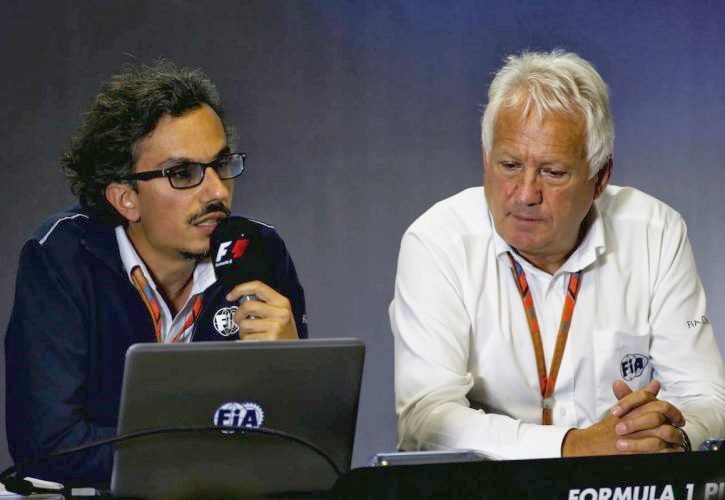 |
| Laurent Mekies (L) |
Ferrari's new signing Laurent Mekies will join the Scuderia knowing "key details of every single" rivals' car; that's according to Frederic Vasseur.
Ferrari's rivals are up in arms about the Scuderia's signing of Mekies, the FIA's safety director.
He will join the Italian team later this year after a spell of gardening leave but will still have knowledge of "every single car" on the grid.
This is not the first time that the FIA and teams have faced this decision with Marcin Budkowski soon to take up his position with Renault having previously worked as the FIA's F1 technical director.
Vasseur told Autosport: "It's a shame that we are not in the situation that the FIA could find a solution to keep their key guys.
"I remember perfectly the situation with Marcin, he was in all the wind tunnels two weeks before he left.
"Laurent is aware of key details of every single car, even if he was more focused on safety he's aware of the key structure.
"At one stage, if we can't trust them it will be an issue because we need to be very open with the FIA.
"We need to ask them if we're in the regulations or not. If we are scared about this, it will be the beginning of a mess."
Meanwhile Force India's chief operating officer Otmar Szafnauer believes such is Mekies' knowledge that he should be placed on gardening leave for a year.
He said:: "The time between leaving the FIA and starting at Ferrari should have been increased to at least a year.
"It's difficult to stop people from moving from the FIA to teams but that time you have to sit out should be big enough to where you can't take intellectual property from one team because you have a privileged position at the FIA to another. That's not fair."
